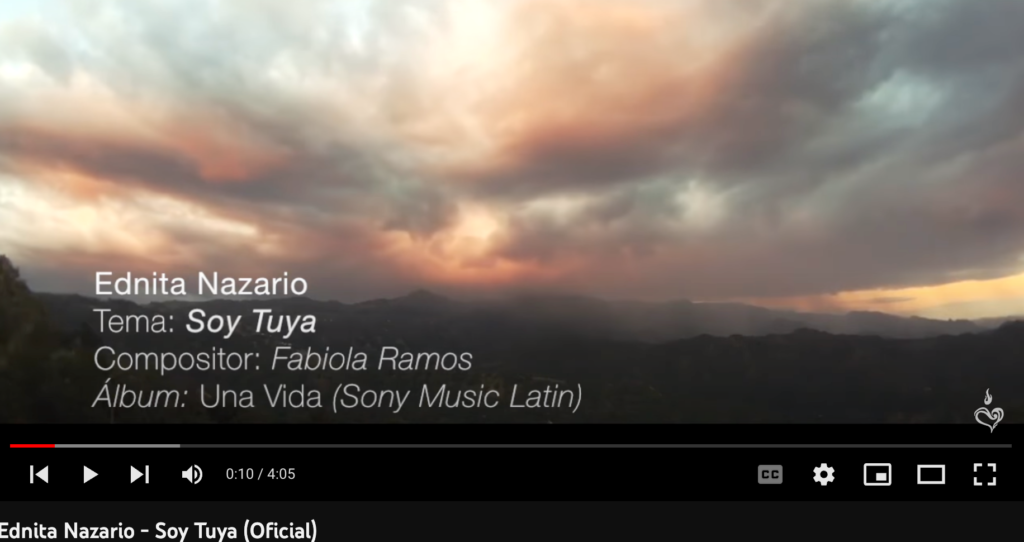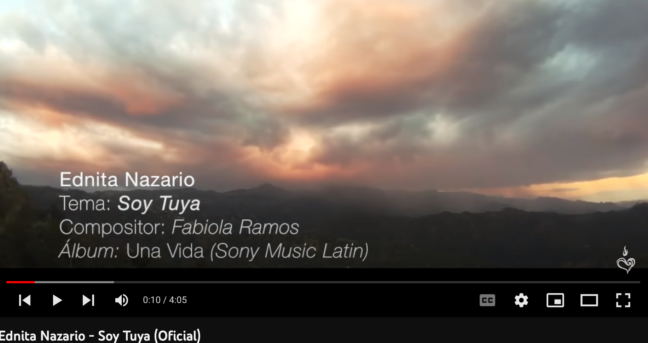There are many edtech tools and videos to help students with their Interpretive Listening skills. Sites such as EdPuzzle and Lyrics Training and other edutech resources like Forms (Google and Microsoft) are some of my go-to resources. I have also used Bilingual Cerebros, Señor Wooly, and Rockalingua, to name some, to help students expand their vocabulary and language structures.
Videos as Authentic Resources
What first comes to my mind when I hear ‘videos’ is authentic and organic ways of teaching and learning. I use a lot of music videos when teaching. Previously, I talked about using songs as Interpretive Reading tasks. Now, I’d like to share about one of the latest video I have used in class.

The video “Soy Tuya” to talk about Puerto Rico is what I used. I adapted a plan that I had created to fit my novice-mid level students. Students would discover Puerto Rico in a different way … and it worked! Before we started, I asked them what they knew about Puerto Rico and we used OneNote to record their answers. Only then I played the video “Soy Tuya”. They watched it several times, but each time, they had to focus on a particular aspect. This is what I had my student do when watching this video:
- Talk about what surprises and/ or impacts you
- Name the objects that you recognize
- Name things related to nature or the environment
- Talk about your favorite part and explain why you like it
After watching the video and completing the tasks mentioned above, I asked them to write what they knew about Puerto Rico. They were able to write a lot and were so proud about it!
Media Literacy
Once I learned what they knew about Puerto Rico, I played the video again and paused it as I needed to focus on some landmarks and important information given in the video. Students learned a little bit of history, geography, flora and fauna, etc. We also discussed the lyrics and the story told through the song (using a little bit of Spanglish for this, I confess!).
One of my questions after watching the video together was “Did you notice what is NOT in the video”? Although at first, they were a little puzzled by my question, they started to mention a few things that were missing, such as hurricanes and their devastating impact. We briefly discussed Media Literacy Q-Tips, and we especially focused on who is not represented in the video.
Vocabulary & Language Structures
The next class, students watched the video again and this time they listed the activities people do and then told me who does what. Students noticed many more activities than I had expected! It gave them the opportunity to practice conjugating with a purpose and in an organic way!
Authentic and Connected
A few days later, when we had a video conference with a Puerto Rican, a dear friend and also a language teacher…my students were ready! They recognized some of the places and faces from the video in the slides she showed them, and asked good follow up questions based on their novice-mid level.
Your Turn
I’d like to know how you use videos in your class. Please, leave a comment or email me at connect@languageteachinglab.com with questions and ideas.
